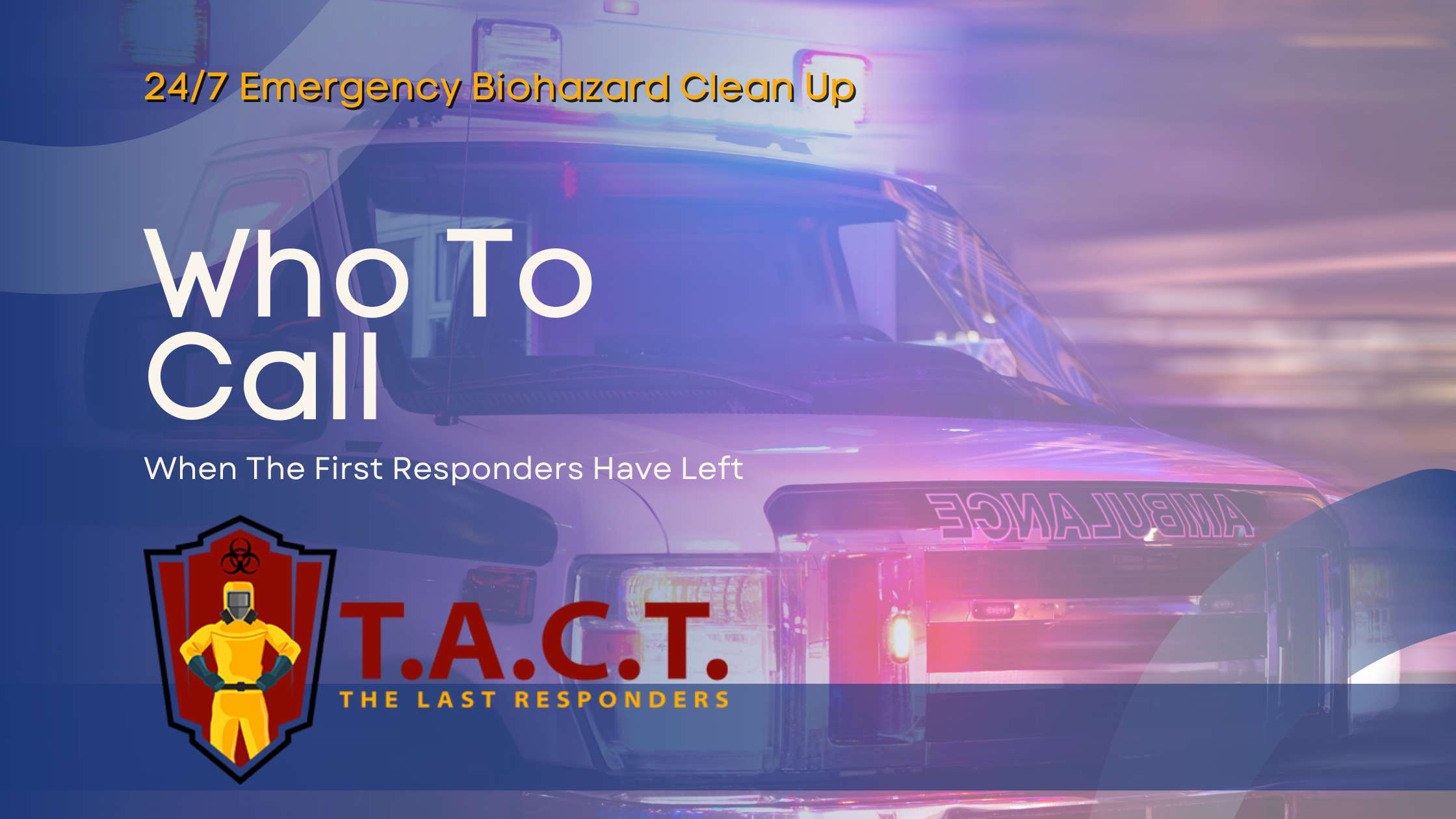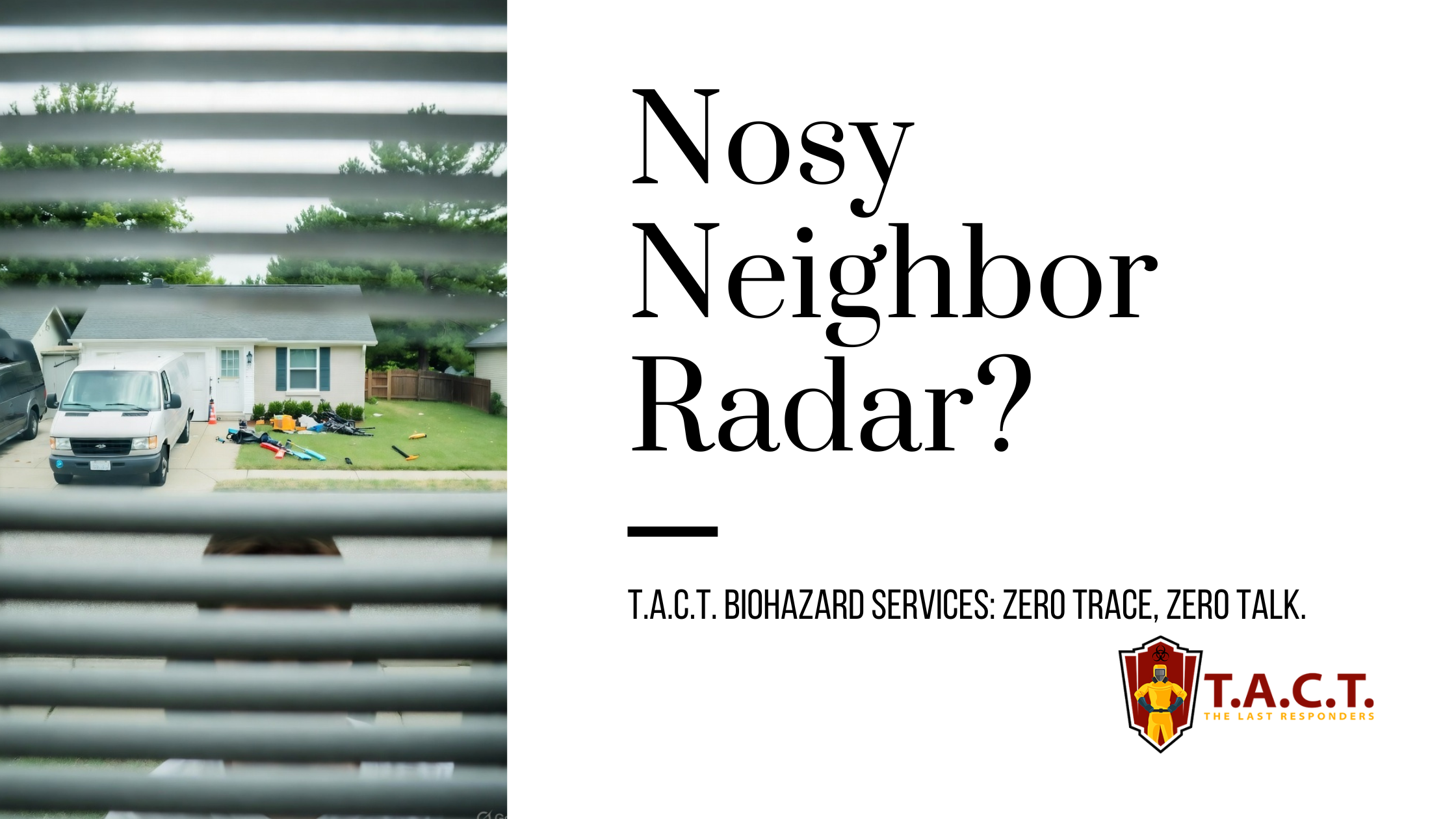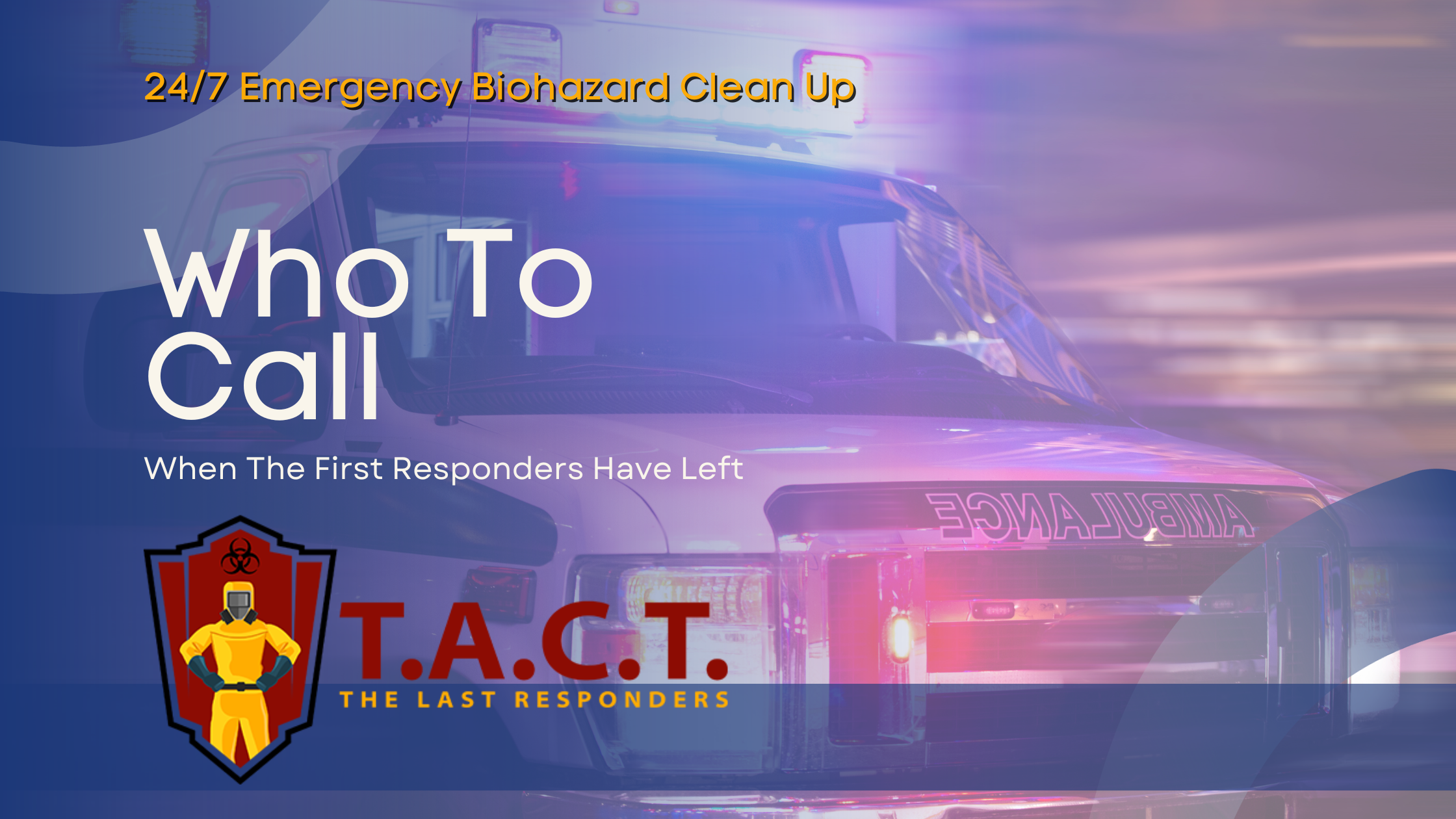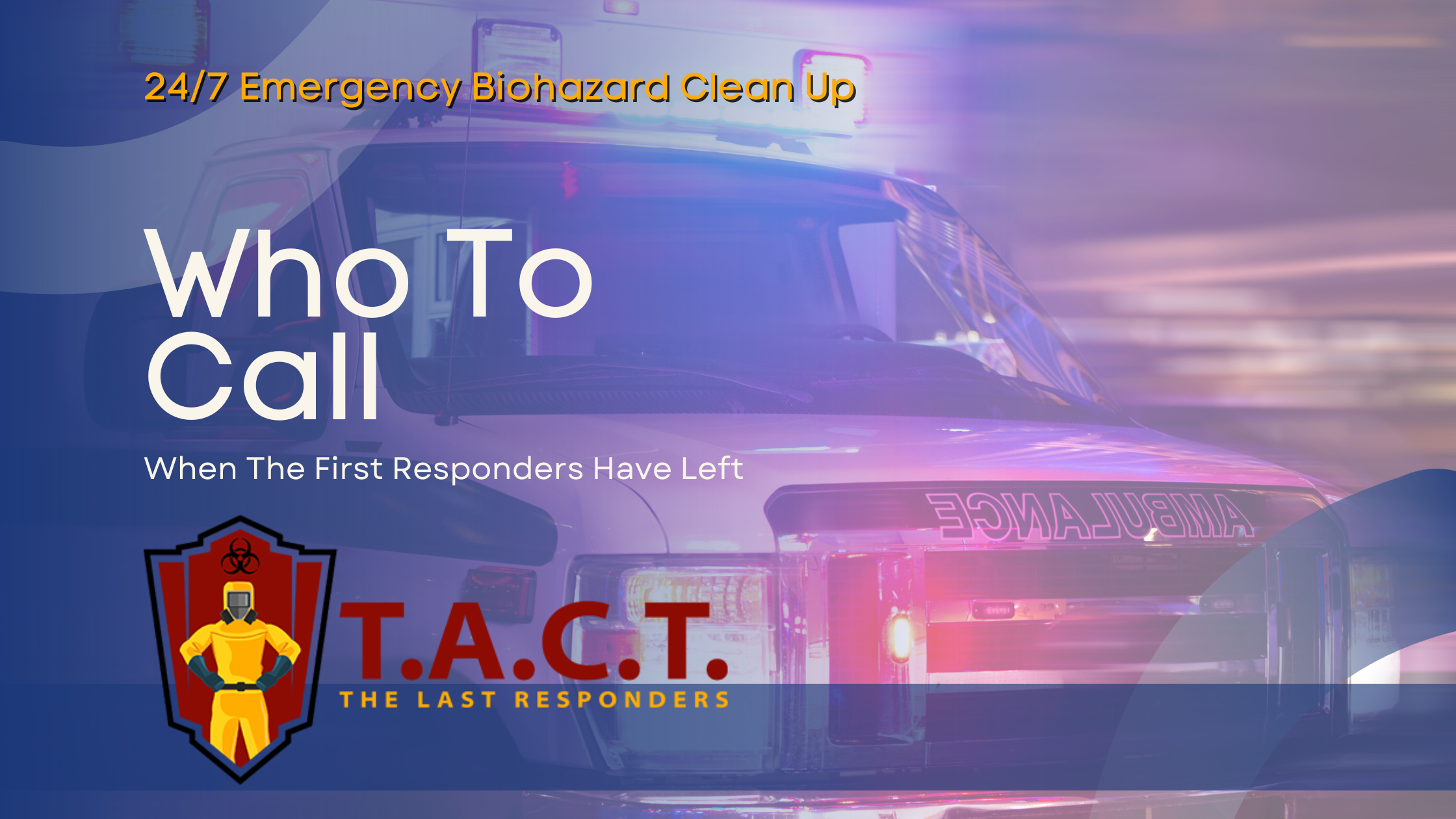Strategies to clean fire damage in your home

Clean Up Fire Damage: Proven Strategies for Restoring Your Home for a Safe Return
When a home fire threatens your property, the feeling can be overwhelming. Restoring your sense of safety and normalcy requires more than a quick fix. Safe, thorough fire damage restoration is a complex process that demands expert attention, compassion, and a carefully managed plan. This guide will walk you through effective strategies for cleaning up fire damage, what steps homeowners must take, and why choosing skilled professionals is essential for a successful recovery.
Understanding the Fire Restoration Process
The goal of fire restoration is simple yet vital—to return your home to its pre-fire condition, both structurally and emotionally. This process involves much more than cleaning up visible damage. It starts with careful assessment, then moves through smoke and soot removal, structural repairs, and ongoing support for affected homeowners.
Partnering with a reputable fire damage restoration company provides peace of mind. Experts bring the right equipment and knowledge to safeguard your property and your well-being. Restoration professionals have proper training to assess structural safety and determine which items can be salvaged after a fire. Restoration professionals handle everything from emergency corrosion mitigation to eliminating stubborn smoke odors.
Assessing Fire Damage Thoroughly
The first step after a fire is a comprehensive assessment. Fires can cause hidden damage that extends well beyond the burn area, affecting walls, floors, ceilings—even the air you breathe. Smoke and soot particles penetrate deep, putting your family’s health at risk. In cases of extensive damage, a thorough inspection and specialized cleaning may be required to address the severity and ensure proper restoration.
What Happens During an Assessment?
Damage mapping Qualified professionals inspect every affected area, marking zones for repair and restoration.
Safety evaluation Hazards like weakened structures, falling debris, or lingering chemicals are identified.
Health risk analysis Detecting smoke and soot residues helps prevent respiratory and skin issues later on.
After the initial assessment, the restoration team formulates an action plan. They evaluate what can be salvaged and what must be replaced, so your insurance company has a clear record for claims processing.
Navigating Insurance Claims After a Fire
Dealing with a house fire can be overwhelming, and navigating insurance claims is often one of the most challenging steps in the fire damage restoration process. As soon as the fire is extinguished and it’s safe to do so, contact your insurance company to report the incident. Provide detailed information about the fire, including the extent of fire damage, smoke damage, and soot damage throughout your home.
An insurance adjuster will visit your property to assess the damage and document the affected areas. Their report will play a crucial role in determining your coverage and guiding the restoration process. To ensure a smooth claims experience, keep meticulous records of all communications with your insurance company—note dates, times, and the content of each conversation.
Working with a professional restoration company can be invaluable during this stage. Restoration experts understand the documentation required and can help you present a thorough case to your insurer, increasing the likelihood of restoring your home to its pre fire condition. Their experience with the fire damage restoration process ensures that nothing is overlooked, from smoke and soot damage to hidden structural issues.
Safety Precautions You Cannot Overlook
Safety always comes first. Hidden dangers can linger in a fire-damaged home. That’s why restoration professionals use protective clothing, quality masks, rubber gloves, and work gloves when entering the premises.
Essential Safety Measures
Wear proper protection This includes heavy-duty gloves, boots, and breathing masks.
Ventilate the area Open windows and use industrial fans to disperse lingering smoke and particles.
Await electrical inspection Do not use electrical appliances until a professional gives the all-clear.
Follow official guidance Listen closely to your insurance provider and the fire department for next steps.
Attempting cleanup without the right protection can lead to new health risks or accidentally worsen the damage. Restoration experts are trained to recognize and address every potential hazard.
Removing Smoke and Soot Completely
Even a small fire can leave pervasive smoke and soot that damages surfaces and creates stubborn odors. Removal is crucial—not just for comfort, but for safety. It is important to remove soot from all affected areas to prevent residue left behind from causing health issues. Thorough cleaning of other surfaces, such as furniture and floors, is also necessary to reduce odors and eliminate the lingering smell.
Professional Removal Techniques
Deep surface cleaning Restoration teams use specialized solutions like tri sodium phosphate and warm water to break down soot stains on walls, ceilings, and floors.
Thermal fogging This advanced method neutralizes odors that linger after standard cleaning.
HEPA filtration High-efficiency filters clear the air of fine soot particles, protecting your lungs from long-term exposure.
Disposal of contaminated items Any perishable food or personal belongings exposed to heat and chemicals must be removed promptly.
A thorough process ensures smoke odors don’t return and helps protect your belongings from further loss.
Cleaning Food Items Safely After Fire Exposure
After a house fire, ensuring the safety of your food items is critical to protecting your family’s health and preventing further damage. Perishable food that has been exposed to smoke, heat, or water should be discarded immediately, as it may harbor dangerous bacteria or absorb harmful smoke odor and soot particles.
For non-perishable food items, it’s possible to remove smoke and soot with careful cleaning. Use warm water, a mild dish soap, and a soft cloth to gently wipe down cans, jars, and other sealed containers. Avoid abrasive materials that could scratch surfaces and compromise food safety. Inspect each item for signs of damage such as discoloration, rust, or corrosion—if you notice any of these, it’s safest to throw the item away.
By following these steps, you reduce health risks and ensure that only safe, uncontaminated food remains in your home after a fire. When in doubt, err on the side of caution and dispose of questionable food items to avoid any lingering risks from smoke or soot exposure.
Restoring Electrical Appliances: What You Need to Know
Electrical appliances are particularly vulnerable after a house fire, as smoke, soot, and water can cause hidden damage that may not be immediately visible. Before attempting to clean or restore any electrical appliances, always unplug and disconnect them to prevent electrical shock or further damage.
A professional restoration company should assess the condition of your appliances, providing expert guidance on whether emergency corrosion mitigation or more extensive restoration services are needed. In some cases, appliances exposed to excessive heat, smoke, or water may need to be replaced to ensure your home’s safety.
When handling appliances, always wear protective clothing, including gloves and a mask, to shield yourself from soot particles and other hazardous residues. Restoration professionals have the proper equipment and training to safely restore or dispose of damaged appliances, helping you avoid health risks and additional complications as you move forward with the fire restoration process.
Fire Damage Restoration Rebuilding Step by Step
Restoring your home means more than just cleaning. Often, walls, ceilings, flooring, or roofing must be replaced or repaired. Working with a single qualified restoration company can save time by streamlining the process.
Detailed documentation of all repairs and replacements is essential, as it helps prevent more damage by ensuring all issues are addressed promptly.
The Restoration Workflow
Structural repairs Experts replace drywall, reinforcement beams, and other building materials as needed.
Surface restoration Stained or damaged surfaces receive professional refinishing or replacement.
Ongoing communication Restoration companies coordinate with your insurer throughout, making sure you get the support you’re entitled to.
A reputable restoration team maintains detailed notes and photos for your records, smoothing the process if you need to file additional claims later.
Restoration Process Timeline: What to Expect
Understanding the timeline of the fire damage restoration process can help set realistic expectations and reduce stress during recovery. Typically, the first 24-48 hours after a fire are dedicated to emergency services such as water removal and securing the property. This rapid response helps prevent further damage and sets the stage for effective restoration.
The next phase involves thorough cleaning and smoke damage cleanup, including soot removal from all affected areas. Depending on the extent of the fire damage and smoke damage, this process can take anywhere from several days to several weeks. Once cleaning is complete, the reconstruction and rebuilding phase begins, which may last several weeks to months, depending on the severity of the damage and the availability of materials and labor.
A reputable restoration company will provide you with a detailed timeline and keep you informed at every stage, ensuring you know what to expect and when you can safely return to your restored home.
Budgeting for Restoration: Planning Your Recovery
Budgeting for restoration after a house fire is a crucial step in regaining stability and returning your home to its pre loss condition. Start by assessing the full extent of the damage and determining the scope of the restoration process, including costs for materials, labor, and specialized equipment.
A professional restoration company can offer a comprehensive estimate, helping you prioritize repairs and allocate your budget to the most critical needs first. Don’t forget to factor in temporary living expenses, such as housing and meals, while your home is being restored.
Review your insurance policy carefully and consult with your insurance agent to understand your coverage, including any limitations or exclusions. By working closely with both your restoration company and insurance agent, you can ensure that all necessary steps are taken to restore your property efficiently and effectively, minimizing out-of-pocket expenses and expediting your return to normalcy.
What to Expect from the Restoration Process
Fire restoration happens in stages. A structured approach helps prevent missed damage and reduces your overall recovery time. It is crucial to identify and properly handle all affected materials during the restoration process to ensure thorough cleaning, removal, or replacement as needed.
Key Steps in Effective Restoration
Comprehensive evaluation Starting with a complete damage assessment
Strategic cleaning and removal Removing smoke, soot, and water resulting from firefighting efforts
Odor elimination Using specialized tools like thermal fogging for lasting results
Final inspections Confirming your home’s safety and readiness for return
Your restoration partner will also call in specialists (such as plumbers or electricians) as needed, ensuring every system in your home is restored to proper working order.
Electrical System Restoration A Critical Component
Fires frequently damage electrical wiring, outlets, and switches. Restoring your electrical systems is vital for long-term safety. Do not turn on ceiling fixtures if the ceiling is wet, as water can damage wiring and create a serious safety hazard.
How Professionals Restore Electrical Safety
Licensed electricians Inspect all components for heat and water damage.
Safe repairs or replacements Damaged wires and fixtures are replaced using code-compliant techniques.
System testing Your home’s circuits and outlets are tested before you return, providing peace of mind.
Early consultation with your insurance company ensures all electrical work is adequately documented and covered by your policy.
How to Move Forward After Fire Damage
Restoring your home after fire damage isn’t just about rebuilding walls. It’s about regaining your sense of security and returning life to normal. For most homeowners, this means trusting an experienced, compassionate team to guide them through every step.
Act immediately Contact both your insurance company and a reputable restoration provider right away.
Document everything Keep a record of all communications, invoices, and plans. This documentation is essential for your insurance claim.
Prioritize safety Don’t re-enter your home until professionals confirm it’s safe.
Accept support Allow both your insurance company and restoration experts to take the lead; your well-being comes first.
After firefighting efforts, be sure to address any standing water left behind. Professional removal and thorough drying are crucial to prevent further damage and mold growth.
When cleaning and restoring household items, start by washing clothes to remove soot and smoke smell. For items that retain odor or are delicate, consider using dry cleaning or taking them to a dry cleaner. Baking soda can be used to deodorize textiles, books, and other porous materials—sprinkle it on, let it sit, and then vacuum or shake it out. Use cold water to wash removable fabric covers, and hot water for rinsing soot from other household items. For painted walls, use a gentle cleaning solution and avoid washing walls without professional advice to prevent damage. If you have wallpaper, commercial paste can be used to reapply loose edges after cleaning, and washable wallpaper can be cleaned with appropriate solutions. Always check other materials, such as dishes, plastic, or wood items, for safety before reuse—some may need to be discarded if they cannot be properly cleaned.
Be aware of the risks associated with grease fires, which are common in kitchens and can cause significant damage. Professional intervention is often necessary for safe cleanup and restoration after such incidents.
If your home is impacted by fire damage, don’t wait to start the restoration process. The sooner action is taken, the more can be saved—for your family’s safety, your peace of mind, and the integrity of your home.
Meta data
Meta title
Fire Damage Cleanup Strategies for a Safe Home Restoration
Meta description
Learn effective fire damage cleanup strategies and restoration steps. Protect your home and family with professional fire restoration tips and safety advice.
Latest news

Nosy neighbors peeking? T.A.C.T. North Atlanta offers discreet biohazard remediation for rodent infestations, mold, hoarding, and more. Unmarked vehicles, quiet experts, full privacy—24/7 service at 470-781-4775.
Read More

